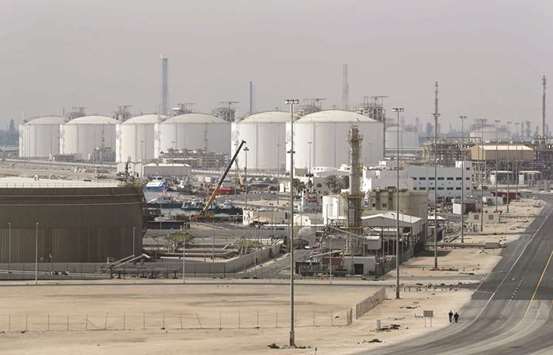Qatar’s debt burden is still low on a global comparison, amounting to 45.9% of GDP as at end-2016, allowing the country space its borrowing without risking deterioration in its sovereign profile, according to BMI Research.
Qatar’s “economic fundamentals remain sound” as illustrated by its high ratings across all three major ratings agencies, the Fitch Group company said and BMI expects investor interest in the country’s debt issuances.
Rising hydrocarbon revenues will cause Qatar’s budget deficit to narrow in the quarters ahead, despite the upward pressure on spending caused by the ongoing diplomatic crisis in the region. Although Doha will see borrowing costs rise as a result of heightened political uncertainty, it faces limited risk of any credit event, as its debt burden remains low and its ability to defend the riyal’s dollar peg is retained, BMI said.
“We expect higher hydrocarbon revenues to facilitate a gradual narrowing of Qatar’s fiscal deficit over the coming quarters – despite a forecast uptick in spending associated with the ongoing Gulf diplomatic crisis and FIFA World Cup-related projects.
BMI expects Doha to issue eurobonds to cover its budget shortfall.
While borrowing costs are likely to increase – as the diplomatic crisis continues to fuel perceptions of elevated political risk – the likelihood of Qatar experiencing any sort of credit event will remain low, given the country’s small debt burden, large reserves, and retained ability to protect the riyal’s dollar peg.
BMI forecasts growth in government revenues over the coming quarters, primarily due to rising hydrocarbon prices on the back of a further extension of the Opec and non-Opec supply-cut deal (over 75% of Qatari state earnings are derived from the oil and gas sector).
BMI expects Brent to average $57 per barrel in 2018 and $63 in 2019, from a projected $53.5 in 2017.
In addition, revenues will receive a boost from the planned introduction of a 5% value-added tax and selected excise taxes in H1, 2018.
On the expenditure side, Doha will remain reluctant to pare back current spending, as it looks to ease the effects of the ongoing diplomatic crisis on the local population, according to BMI.
Capital spending, meanwhile, is set to remain high, fuelled by infrastructure projects linked to the World Cup 2022.
Overall, however, revenue growth will continue to outpace spending growth, leading to a reduction of Qatar’s fiscal deficit, from a projected 4.2% of GDP in 2017, to a forecast 2.6% in 2018 and 2.3% in 2019.
Doha will continue to fund its fiscal shortfall through debt issuance, avoiding drawing down its sovereign wealth fund (as the rate of return on its assets remains greater than the costs of borrowing), and limiting domestic liquidity pressures.
“The government is reported to have approached a number of banks in recent weeks to test investor appetite for Qatari debt, and is expected to make a decision regarding the timing of its next issuance over the coming weeks,” BMI said.
While it expects investor interest in the issuance to be high, BMI does note that the government will likely need to pay some premium to make up for the ongoing uncertainty emanating from the Gulf crisis.

The photo taken on February 6, 2017 shows the Ras Laffan Industrial City, Qatar’s principal site for production of LNG and gas-to-liquid, some 80km north of Doha. Rising hydrocarbon revenues will cause Qatar’ budget deficit to narrow in the quarters ahead despite the upward pressure on spending caused by the ongoing diplomatic crisis in the region, according to BMI.
